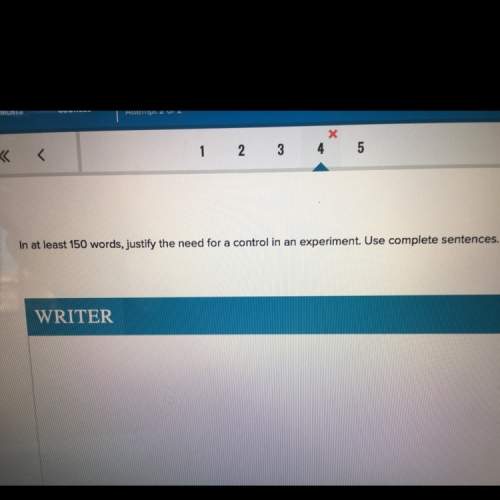A. The gas-phase homogeneous oxidation of nitrogen monoxide (NO) to dioxide (NO2),
2NO + O2→...

A. The gas-phase homogeneous oxidation of nitrogen monoxide (NO) to dioxide (NO2),
2NO + O2→ 2NO2
is known to have a form of third-order kinetics, which suggests that the reaction is elementary as written, at least for low partial pressures of the nitrogen oxides. However, the rate constant k actually decreases with increasing absolute temperature, indicating an apparently negative activation energy. Because the activation energy of any elementary reaction must be positive, some explanation is in order. Provide an explanation, starting from the fact that an active intermediate species, NO3, is a participant in some other known reactions that involve oxides of nitrogen. Draw the reaction pathway.
b. The rate law for formation of phosgene, COC12, from chlorine, C12, and carbon monoxide, CO, has the rate law.
rCOCl2= k Cco C3/2. Cl2
Suggest a mechanism for this reaction that is consistent with this rate law and draw the reaction pathway. (Hint: Cl formed from the dissociation of C12 is one of the two active intermediates.)
c. List ways you can work this problem incorrectly.
d. How could you make this problem more difficult?

Answers: 3


Other questions on the subject: Chemistry



Chemistry, 22.06.2019 12:00, angtrevv
In a laboratory, 1.55mg of an organic compound containing carbon, hydrogen, and oxygen is burned for analysis. this combustion resulted in the formation of 1.45mg of carbon dioxide and .89 mg of water. what is the empirical formula for this compound?
Answers: 1
You know the right answer?
Questions in other subjects:

History, 16.08.2019 21:10


Mathematics, 16.08.2019 21:10

Mathematics, 16.08.2019 21:10


Mathematics, 16.08.2019 21:10


Physics, 16.08.2019 21:10

Mathematics, 16.08.2019 21:10




